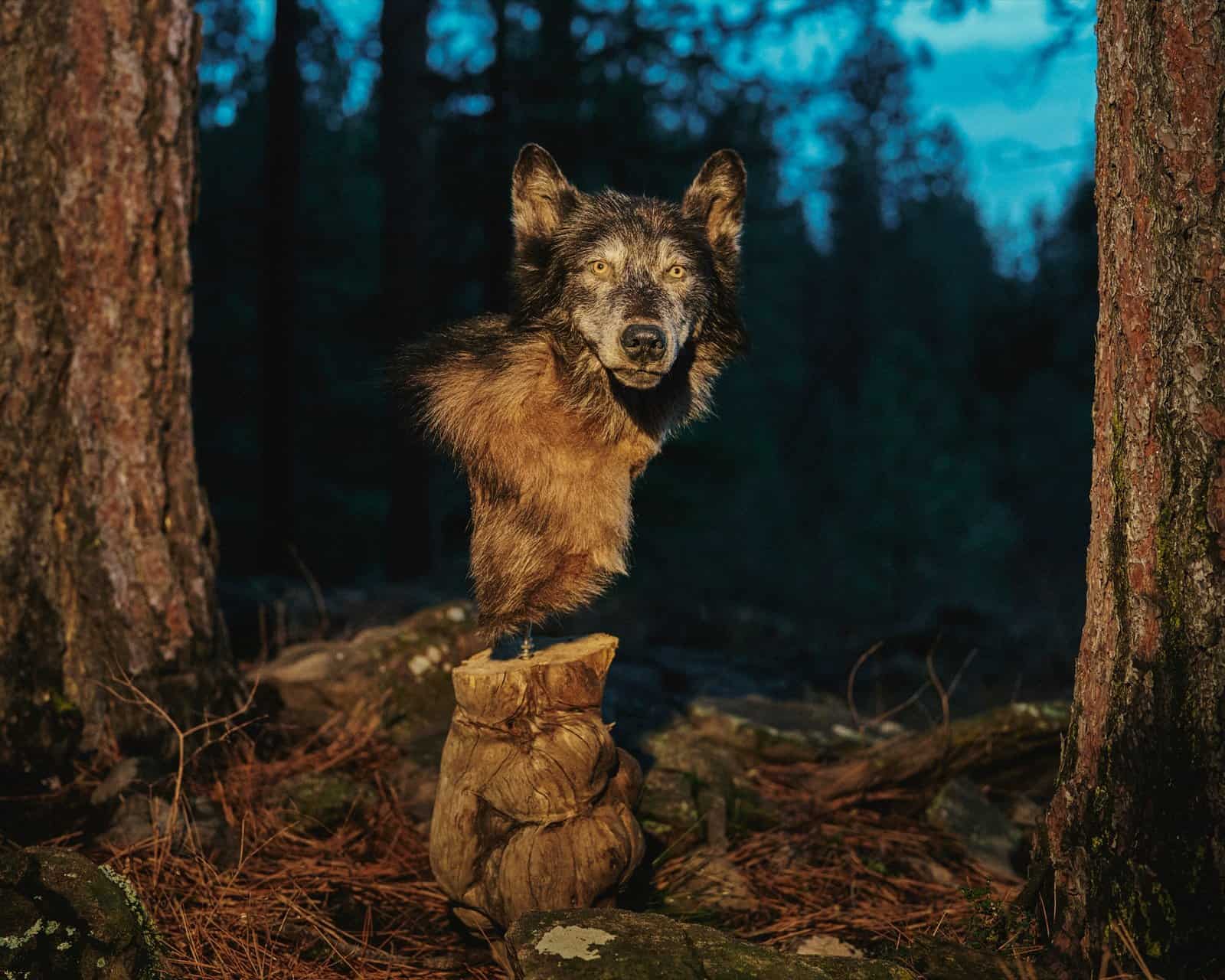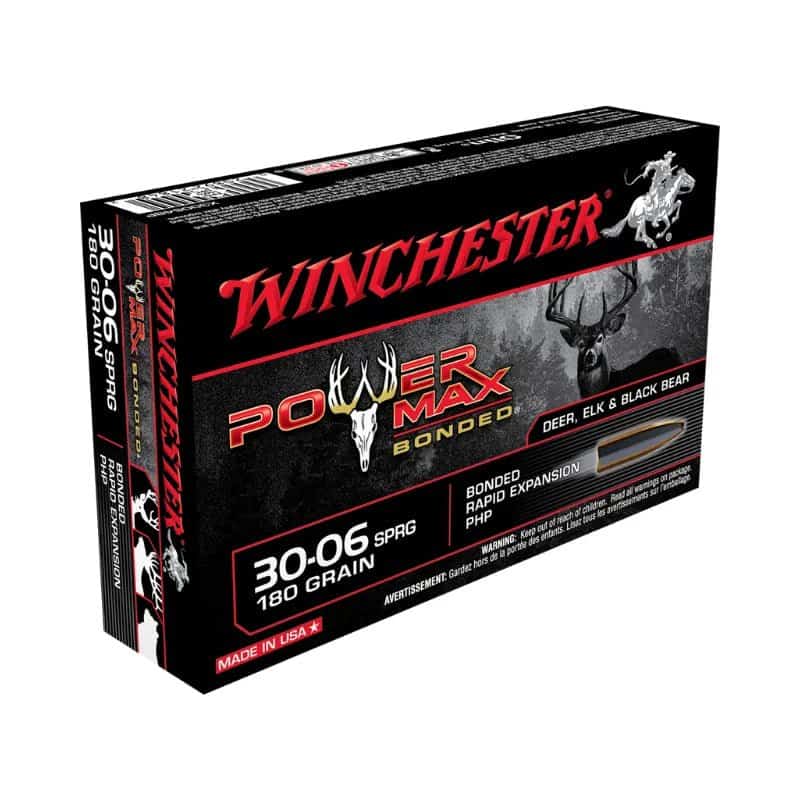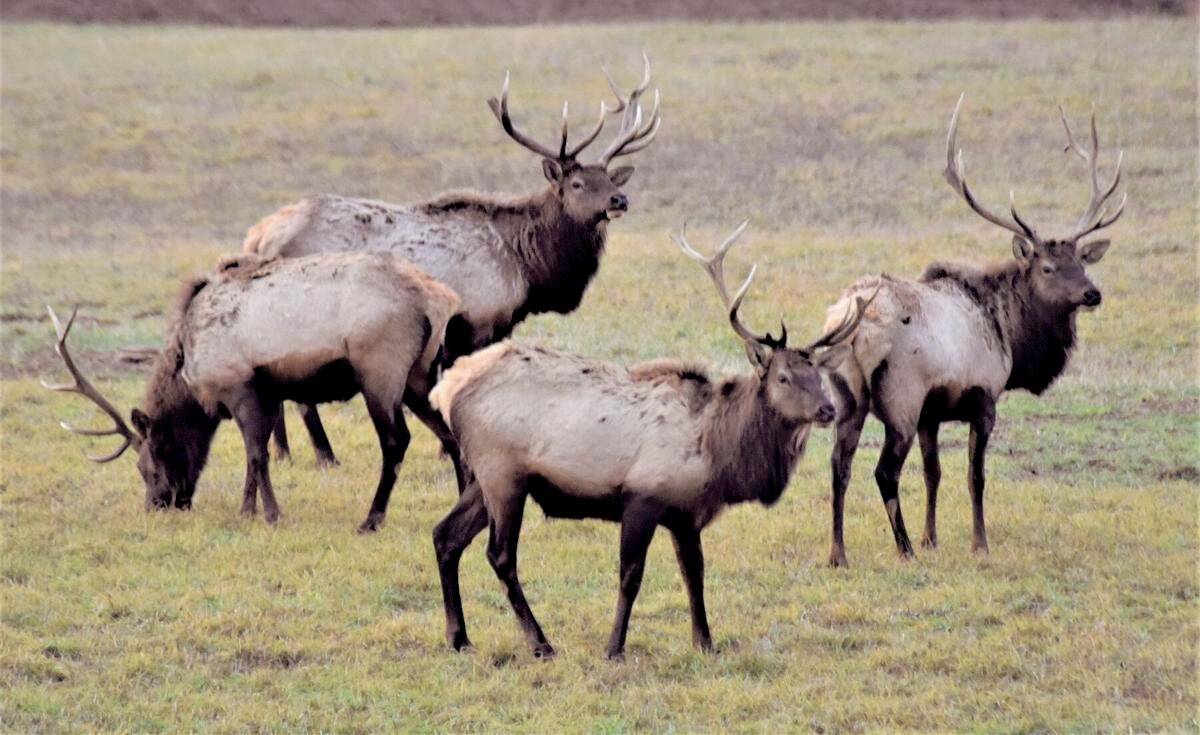To attract elk to your property, create a natural habitat with diverse vegetation and water sources. Enhance the landscape with salt licks and food plots.
Elk are majestic animals known for their large antlers and unique bugling call. Many property owners desire to attract these magnificent creatures for various reasons, such as wildlife conservation, hunting opportunities, or simply to observe them in their natural environment.
By implementing specific strategies to entice elk to your land, you can create a thriving ecosystem that benefits both the animals and the surrounding ecosystem. This guide will explore effective methods to draw elk to your property and establish a harmonious relationship with these iconic creatures.

Credit: www.newyorker.com
Understanding Elk Behavior
Understanding Elk Behavior is crucial when trying to attract these majestic animals to your property. By delving into their Mating Season and Feeding Patterns, you can create an environment that appeals to elk.
Mating Season
- Elk’s mating season, or rut, occurs in the fall, starting in September.
- The bulls make distinct bugling sounds to attract females and establish dominance.
- During this time, bulls become more aggressive and may be more visible on your property.
Feeding Patterns
- Elk are herbivores that graze on grasses, forbs, and shrubs.
- They are most active during dawn and dusk when they are out feeding.
- Providing a variety of vegetation on your property can attract elk looking for food.
Creating An Elk-friendly Habitat
To attract elk to your property, create an elk-friendly habitat by planting native vegetation and providing access to water sources. Remove barriers such as fences and consider strategic land management techniques to attract and sustain elk populations. Incorporating these elements can help create an environment that is inviting for these majestic creatures.
Landscaping For Elk
Elk are attracted to open areas with nutritious vegetation, making it important to incorporate a mix of grasses, shrubs, and trees on your property. Create clearings and meadows that provide ample grazing opportunities for elk. Plant native species that elk are known to favor, such as sedges, grasses, and forbs.
Limit the use of pesticides and chemicals in your landscaping to ensure a healthy habitat for elk. Avoid planting invasive species that can outcompete native vegetation and reduce the food sources available for elk.
Water Sources
Elk require access to freshwater sources for drinking and cooling off, so consider installing water features like ponds or small streams on your property. Maintain these water sources year-round to attract elk, especially during dry seasons.
Enhance existing water sources by ensuring they are easily accessible and not obstructed by fencing or other barriers. Create natural watering holes by strategically placing rocks or logs to create puddles where rainwater can collect.
Food Plots And Natural Forage
When it comes to attracting elk to your property, creating a suitable habitat with food plots and natural forage is crucial. By understanding the native plants elk are drawn to and establishing food plots with the right vegetation, you can greatly increase the likelihood of elk visiting your land.
Selecting Native Plants
Elk are naturally attracted to certain native plants and forage types, so selecting the right vegetation is essential for creating an environment that appeals to them. Native plants such as timothy grass, bluegrass, clover, and alfalfa are highly attractive to elk. These plants provide essential nutrients and are favored by elk due to their palatability and nutritional value.
Establishing Food Plots
Creating strategic food plots can significantly enhance your property’s appeal to elk. Start by preparing the soil and selecting the appropriate seeds for the desired forage. Consider planting a mix of cool-season grasses and legumes in your food plots to provide a varied and nutritionally rich environment for elk. These food plots not only offer additional forage options but also encourage elk to spend more time on your property, enhancing your viewing opportunities.

Credit: discover.texasrealfood.com
Minimizing Human Disturbance
To minimize human disturbance when attracting elk to your property, create natural habitats, maintain quiet surroundings, and limit human presence to enhance elk attraction. Implementing strategies to reduce disturbances can promote elk activity and increase the likelihood of them frequenting your land.
Strategic Property Access
When it comes to attracting elk to your property, one of the key factors to consider is minimizing human disturbance. Elk are naturally cautious animals, and any signs of human presence can cause them to avoid an area. By strategically managing property access, you can create a welcoming environment that is more likely to attract elk.
To achieve this, it is important to limit human activity in areas that are frequented by elk. Consider creating designated access points and trails that lead visitors away from prime elk habitat. This will help prevent unnecessary disturbances and ensure that elk feel safe and undisturbed on your property.
Noise And Scent Management
Noise and scent are two major factors that can discourage elk from venturing onto your property. Elk have highly sensitive senses and can easily detect human presence through loud noises and strong odors. By implementing noise and scent management strategies, you can create an environment that is more appealing to elk.
To minimize noise disturbance, it is important to avoid activities such as loud construction work or frequent use of machinery in areas where elk are known to inhabit. Additionally, encourage visitors to maintain a quiet and respectful demeanor while on your property, particularly in areas where elk sightings are common.
Scent management is equally important when attracting elk. Elk have a keen sense of smell and can be deterred by human odors. Avoid using strong personal care products or wearing heavily scented perfumes or colognes when spending time in elk habitat. Encourage visitors to do the same.
Furthermore, take steps to prevent the accumulation of human scent in key areas. This can be achieved by regularly washing and airing out any bedding or clothing that may have a strong odor. Consider storing these items in airtight containers when not in use to minimize scent transmission.
In conclusion, attracting elk to your property requires minimizing human disturbance. By strategically managing property access and implementing noise and scent management strategies, you can create an environment that is more welcoming to elk. Remember, the key is to create a safe and undisturbed space that allows elk to roam freely, increasing the likelihood of their presence on your property.
Building A Relationship With Elk
Attracting elk to your property requires more than just providing food and shelter. It involves building a relationship with these magnificent creatures, gaining their trust, and creating an environment where they feel comfortable. By employing techniques such as careful observation and respectful interaction, you can establish a bond with elk that will make your property their preferred sanctuary.
Observation Techniques
Observation is key to understanding elk behavior and preferences. By taking the time to observe their natural patterns, you can gain insights into their movements, feeding habits, and social interactions. Use these techniques to enhance your understanding:
- Set up game cameras strategically around your property to capture elk activity.
- Take note of the times when elk are most active, such as dusk and dawn.
- Identify common feeding areas and trails to determine their preferred routes.
- Study elk body language and vocalizations to decipher their communication cues.
Respectful Interaction
When it comes to interacting with elk, it is vital to prioritize their welfare and create a peaceful coexistence. By maintaining a respectful approach, you can foster trust and avoid causing stress or harm to the animals. Consider the following guidelines:
- Keep a safe distance from elk and never approach them directly.
- Avoid sudden movements or loud noises that may startle or agitate them.
- Do not feed elk human food, as this disrupts their natural diet and can lead to dependence on humans.
- Respect their territories and avoid encroaching upon their personal space.
- Stay mindful of your presence and try to blend into the surroundings by wearing neutral colors and remaining as inconspicuous as possible.

Credit: visitbend.com
Frequently Asked Questions Of How To Attract Elk To Your Property
How Can I Attract Elk To My Property?
Attracting elk to your property can be achieved by creating a natural habitat with suitable food sources like grasses, shrubs, and trees. Create watering holes and clearings for them to graze. Avoid disturbing their natural environment and consider setting up salt licks.
Consult local wildlife experts for specific advice.
What Type Of Vegetation Do Elk Prefer?
Elk prefer vegetation such as grasses, forbs, shrubs, and trees that provide them with necessary nutrients throughout the year. Plant a variety of species that can withstand different seasons and provide adequate cover and food sources for elk.
How Can I Create A Watering Hole For Elk?
Creating a watering hole for elk requires identifying a suitable location with a natural water source or digging a small pond. Ensure the watering hole has easy access for elk, use a water source that can be replenished naturally, and avoid disturbing sensitive ecosystems while creating it.
Conclusion
Incorporating these strategies can help attract elk to your property, creating an environment that is conducive to their natural behavior. By implementing proper habitat management, providing food sources, and minimizing disturbances, you can create an appealing space for elk to thrive.
Understanding their behavior and needs is crucial in maintaining a healthy and sustainable ecosystem.



